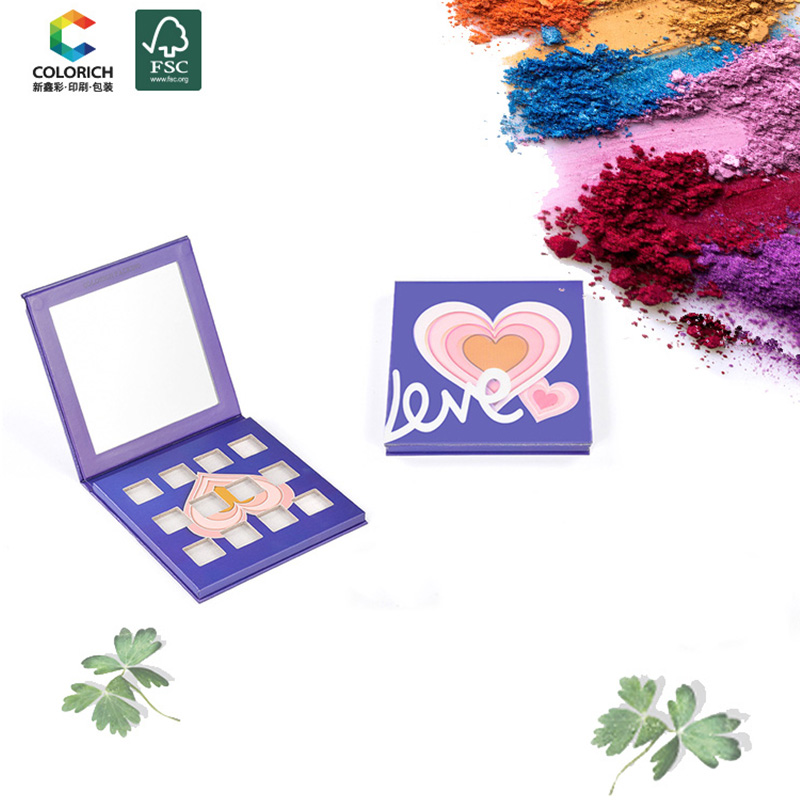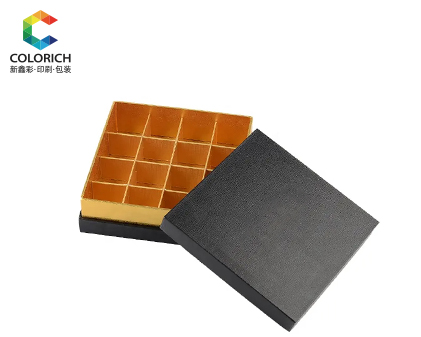Plastic waste is piling up, and beauty lovers are demanding change. Can brands keep their allure while going green? Discover how sustainable packaging is reshaping cosmetics.
Beauty brands are adopting sustainable beauty packaging by using sustainable beauty packaging, biodegradable materials like PLA, and recyclable options like glass, balancing eco-friendliness with luxury and functionality. The beauty industry is evolving, and at Colorich, we're leading the charge. Our guide explores how brands are embracing sustainable packaging to meet consumer and environmental demands stylishly.
Single-use cosmetics packaging clogs landfills, frustrating eco-conscious consumers. Can sustainable beauty packaging deliver sustainability without losing luxury? Let’s explore their rise in beauty.
Sustainable beauty packaging, like glass compacts and modular designs, reduce waste. Consumers refill durable containers, enhancing sustainability while maintaining the premium aesthetics beauty brands need.

Sustainable beauty packaging is transforming the beauty industry by reducing single-use waste and fostering consumer loyalty. At Colorich, we design sustainable beauty packaging that combine durability with elegance, aligning with 2025's circular economy trends. These systems face challenges, such as higher upfront costs and the need for robust refill infrastructure. However, innovations like IoT-enabled smart packaging with QR codes are streamlining refills, making them more accessible. Brands like L’Oréal are already seeing success with sustainable beauty packaging, proving that sustainability can enhance brand appeal.
| Aspect | Details |
|---|---|
| Sustainability | Cuts single-use waste; supports circular economy. |
| Cost | Higher initial investment; long-term savings via loyalty. |
| Aesthetics | Premium materials like glass elevate brand image. |
| Challenges | Requires consumer education and efficient refill logistics. |
Sustainable beauty packaging empower beauty brands to lead in sustainability while captivating eco-conscious consumers.
Plastic packaging harms the planet, yet beauty products rely on it. Are biodegradable materials a viable solution? Let’s uncover their role in cosmetics.
Biodegradable materials like PLA and bamboo decompose naturally, reducing landfill waste. They offer sustainable, stylish options for beauty packaging, though composting infrastructure varies.

Biodegradable materials, such as PLA (from corn starch) and bamboo, are gaining traction in beauty packaging for their low environmental impact. At Colorich, we integrate biodegradable inks with compostable structures, ensuring eco-friendly lipstick tubes and jars that don't sacrifice shelf appeal. The challenge lies in limited composting facilities, which can hinder real-world sustainability. Advances in enzyme-based biodegradable plastics are improving durability and affordability in 2025, making these materials more accessible for mainstream brands. By addressing disposal barriers, beauty brands can fully embrace biodegradable solutions.
| Aspect | Details |
|---|---|
| Sustainability | Decomposes naturally; uses renewable resources. |
| Cost | Higher than traditional plastics but decreasing with innovation. |
| Aesthetics | Moderate to high; customizable for luxury branding. |
| Challenges | Limited composting infrastructure; consumer disposal education needed. |
Biodegradable materials offer beauty brands a sustainable path forward, provided infrastructure improves.
Recycling rates lag, and beauty packaging often ends up in landfills. Can recyclable materials make a difference? Let’s explore their impact on cosmetics.
Recyclable materials like glass, aluminum, and FSC-certified paper reduce virgin material use. They’re widely accepted, offering sustainable, luxurious options for beauty packaging.
Recyclable materials like glass, aluminum, and FSC-certified paper are cornerstones of sustainable beauty packaging. At Colorich, we prioritize recyclable structures, that maintain the luxury beauty brands demand. These materials integrate seamlessly into existing recycling streams, though global recycling rates remain low (e.g., 9% for plastics, per OECD data). Innovations like chemical recycling, which breaks plastics into reusable molecules, are set to revolutionize recycling in 2025, making materials like PET infinitely recyclable. Brands adopting these solutions can meet regulatory and consumer expectations while standing out.
| Aspect | Details |
|---|---|
| Sustainability | Reduces virgin material demand; widely recyclable. |
| Cost | Moderate; glass and aluminum are cost-effective long-term. |
| Aesthetics | High; ideal for premium beauty products. |
| Challenges | Low global recycling rates; contamination risks in mixed materials. |
Recyclable packaging empowers beauty brands to align with sustainability goals and consumer values.
Beauty brands are embracing sustainability withsustainable beauty packaging. As one of leading cosmetic paper box manufacturers, Colorich leads with stylish, sustainable beauty packaging solutions, balancing planet and performance.

Hey,I'm Rachel Liao,the sales manager of Colorich Packaging.
With solid professional skills and acute market insight, focus on providing customers with customized packaging solutions and supply chain optimization services.
●Packaging demand analysis and solution design
●Customer development and long-term relationship maintenance
●Cost optimization and sustainable packaging practices
